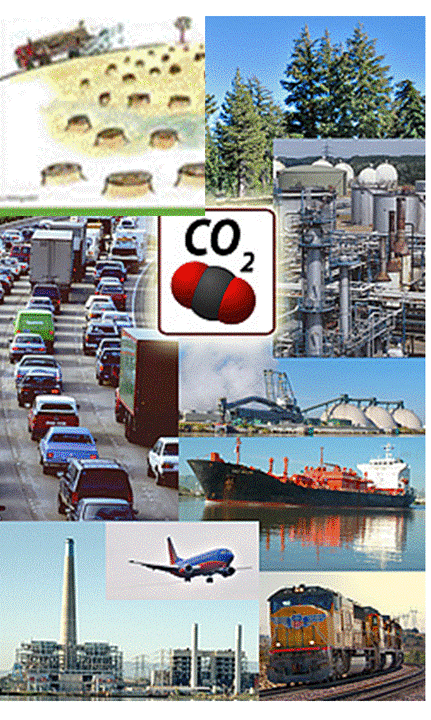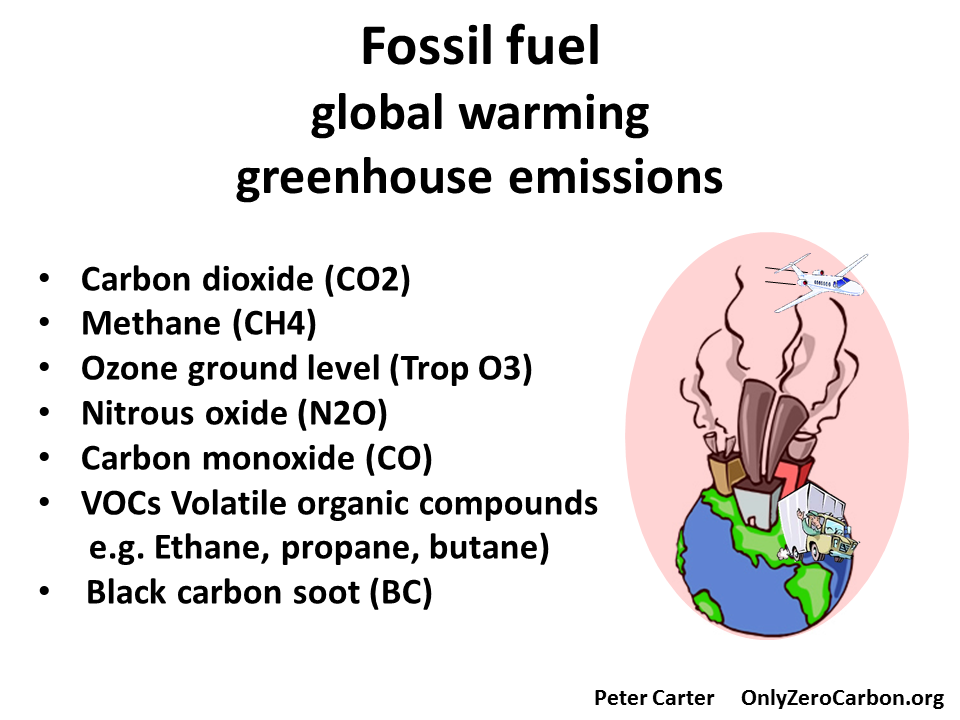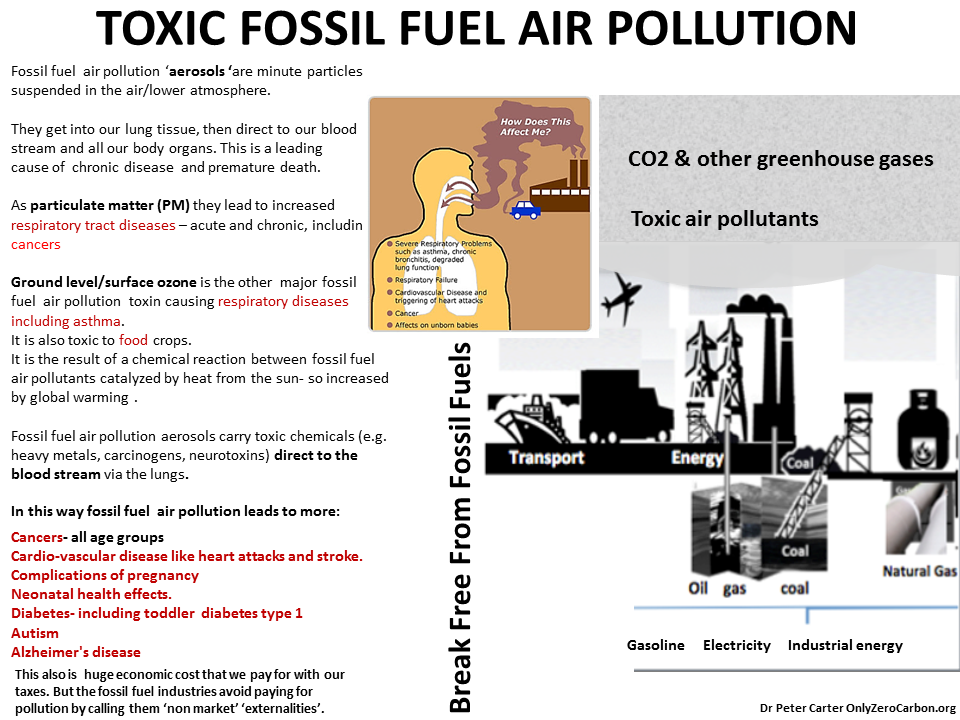only zero carbon only zero carbon only zero carbon only zero carbon only zero carbon only zero carbon only zero only zero
We come across two different uses of the term CO2 emissions (and concentrations)
CO2 equivalent
CO2 equivalent, which is higher than CO2, is the CO2 mainly used by the IPCC in assessments.
CO2 equivalent includes the other main GHGs, like methane and nitrous oxide, expressed in terms of an equivalent amount of CO2. So CO2 eq. is considerably higher than CO2. CO2 eq. accounts for seven GHGs in all.
Burning fossil fuels emits CO2 and also releases air pollution aerosols (tiny particles suspended in the air (lower atmosphere).
One is black carbon (soot) which is a warming emission. The largest source is from burning forests.
Other sources are industrial biomass burning for energy.
Wood stoves and cooking with wood emits CO2.
The increasing forest fires are emitting more CO2
Damage to human health
As well as the main source of global warming greenhouse gases,
fossil fuels are the main source of toxic air pollution.
Over recent years, as air pollution effects on health have been researched
more and more toxic population health damaging and lethal effects
have been found and confirmed.
The fossil fuel world economy is responsible for an estimated
10 million air pollution deaths a year
Though there has not been a full assessment, with all impacts (increasing) climate change would be causing hundreds of thousands of deaths a year.
Having to end all fossil fuel combustion will be an enormous global human health benefit, and economic benefit.
Greenhouse Gases, CO2, CO2e, and Carbon:
What Do All These Terms Mean? 2012 Ecometrica
Since 1750 to 2023 global CO2 emissions have been increasing at an accelerating rate).
CO2 is mainly being emitted by fuel combustion
(wood, peat, coal, oil, natural gas)
By far the most CO2 is being emitted by burning fossil carbon as fuel.
Using electricity emits CO2, unless from hydro or clean renewable energy.
Nuclear fission energy is assessed as low carbon by the IPCC (full life cycle).
Transportation emits CO2 by burning gasoline or diesel.
Even electric vehicles are a source of CO2 emissions unless the electricity is
from hydro or clean renewables.
The manufacture of cement (burning limestone) emits CO2.
The full life cycle of the new clean renewables though is not zero carbon though- e.g. it takes a lot of steel and concrete to manufacture and erect a large wind turbine. Wind energy does not have enough energy density to manufacture wind turbines.
Modern construction is a source of CO2 from the steel and concrete.
Deforestation emits CO2 from the forest floor, which is then not recycled by the standing forest.
Forest fires emit CO2 which are increasing due to global surface warming.
CO2 is also emitted by drought due to the rapid decay of plants, including crops.
Slash and burn agriculture in general emits CO2.
Modern agricultural lands emit and take up a large amount of CO2 that is actually estimated to be about in balance (IPCC AR4).
The IPCC refers to CO2 emissions from agriculture and deforestation as 'land use change'.
2016 research first found human CO2 release rate is unprecedented in the past tens of million of years The IPCC 6th Assessment "indicates the present CO2 emission rate is 4–5 times faster than during the last 56 million years
CO2 Emissions





